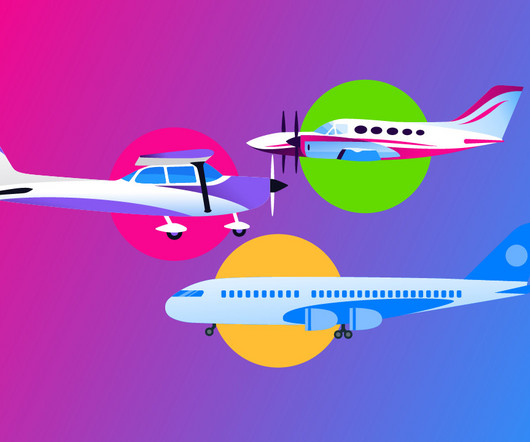The Difference Between Category, Class, and Type of Aircraft
Pilot Institute
MARCH 28, 2025
To fly an aircraft that weighs more than 12,500 pounds or a jet (regardless of weight), pilots require a type rating. Glider This category includes aircraft that are designed to fly without an engine and rely on natural air currents for lift through the reaction between the air and the wing. no control surfaces).












Let's personalize your content